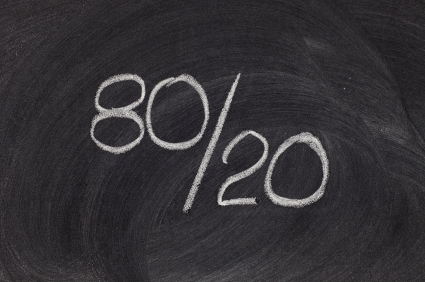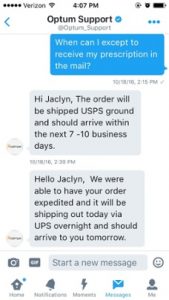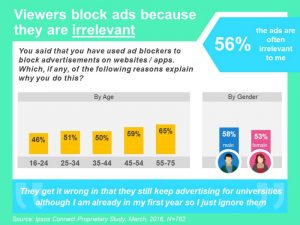— July 29, 2018

There are many different ways to apply the 80/20 rule. The law states that roughly 80% of the effects come from 20% of the causes.
For email marketers, the rule applies quite obviously in some areas, and more subtly in others. Let’s take a look at some examples, and see what it means for those of you out there trying to do more with your email marketing programs.
80/20 Rule for Subscribers
In the past, email marketers used to run around telling everyone how many subscribers they had. It was as if the bigger the list, the more successful we would be. As if raw number of subscribers was the be all and end all of email.
We’ve advanced beyond that now, I hope. We are smart enough to know that it’s not the size of the list that matters, it’s the outcomes.
We measure outcomes in a number of ways – opens, clicks, engagement, and conversions. A successful email marketing strategy is one that engages more people and leads them to purchase.
Applying the 80/20 rule here is easy. 80% of your actions (opens, clicks, sales, etc.) are going to come from 20% of your subscribers. These are your most engaged prospects or customers.
This matters because it helps you understand and set priorities. While you might always chase new subscriber growth, you need to know those subscribers who are most likely to take action. They are the ones keeping your business alive, the ones driving all of the ROI on your email marketing campaigns. And the more you can design the program around them, the better off you will be.
80/20 Rules for Emails
Sophisticated email marketers are managing a number of different campaigns for their company. You may have a weekly newsletter list, a product announcement list, a press list, a customer loyalty campaign, an onboarding campaign, and an abandoned cart campaign. You might have even more.
And each of these lists/campaigns has a number of different emails tied to them. Even small or mid-sized companies might send more than 100 different kinds of emails over the course of a calendar year.
But will all of those emails impact the business equally? Obviously not.
It’s likely that 80% of all performance will be driven off of just 20% of those emails. And this matters to email marketers because it tells us where to focus and how to prioritize our time.
While it might be nice to spend the time and effort to redesign your email newsletter every few months, if it’s not driving sales or loyalty, your time might be better spent elsewhere. Focus on those emails that are most likely to boost performance and you’ll be rewarded for it with higher pay/more resources.
Other Uses of the 80/20 Rule
20% of the products or services that you offer will make up 80% of the total sales you get from email marketing.
Though you will constantly be testing, 80% of the overall lift in performance will come from the 20% of tests that you run that will actually matter.
Conclusion
Your time is valuable. It’s valuable to you and it’s valuable to your company. Make sure you are focusing on the right things by measuring outcomes and being aware of where your efforts will have the largest payoffs.
Digital & Social Articles on Business 2 Community
(28)









